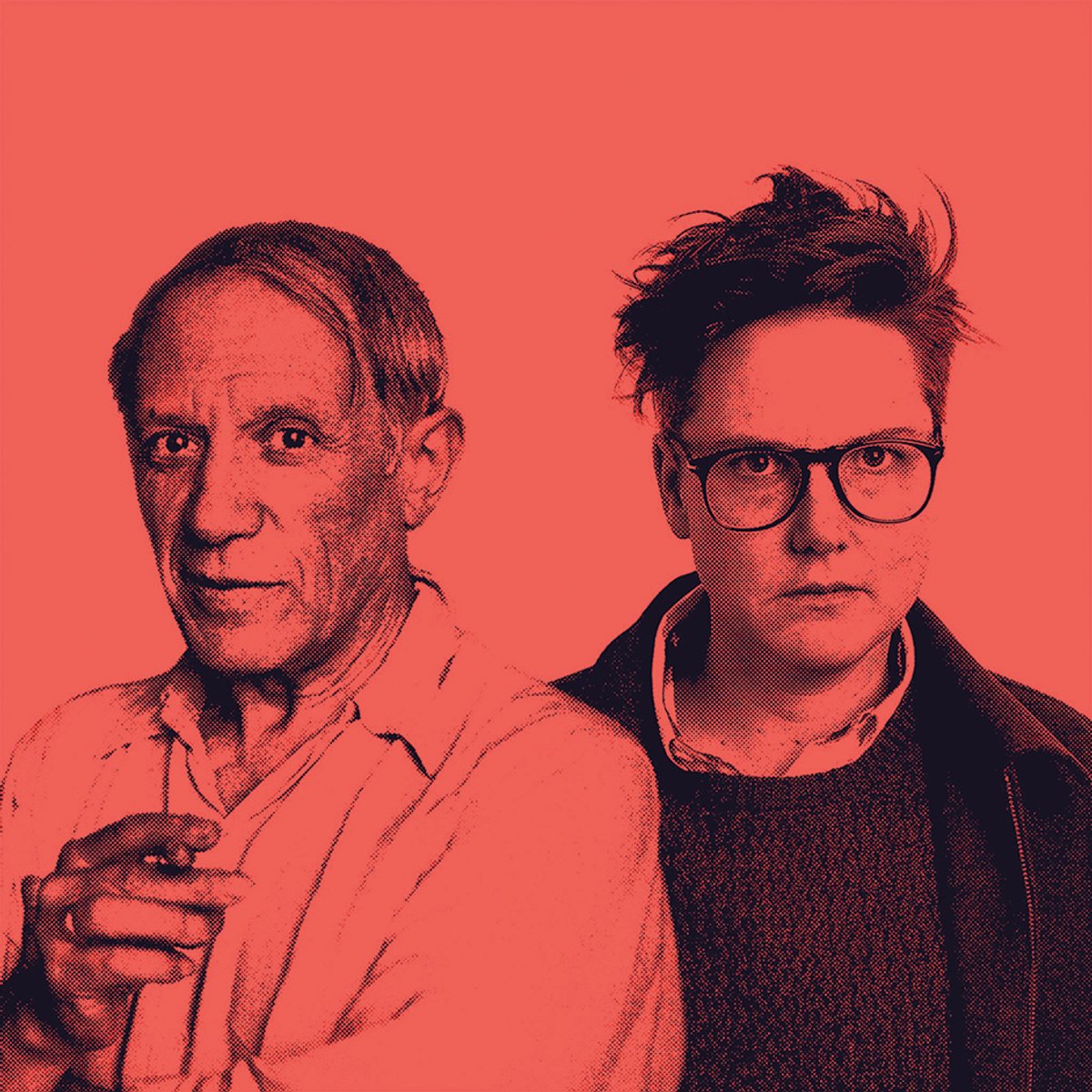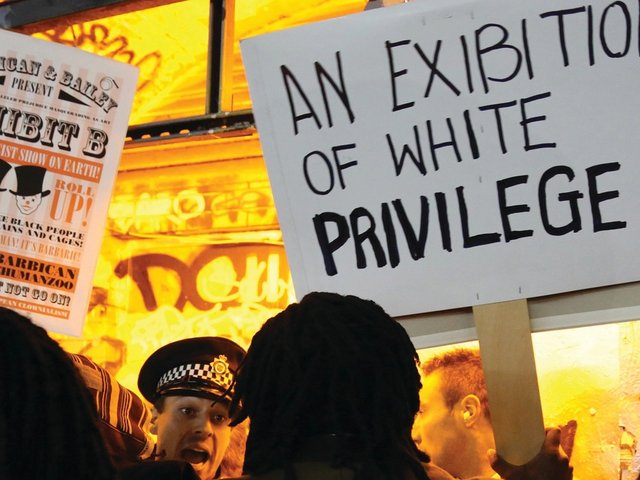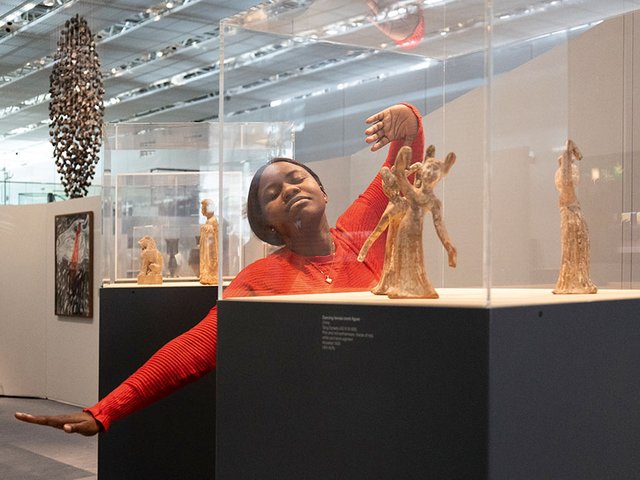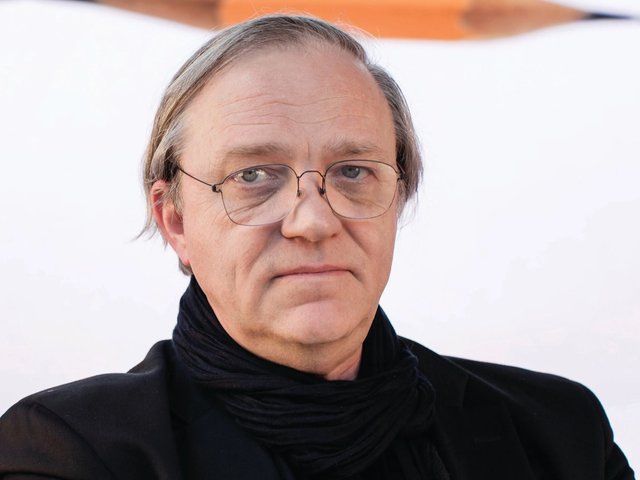Culture often divides opinion, partly because of the sheer strength of its symbolism and ideas. But when culture becomes embroiled in political agendas, it is often partisan politicians and nervous institutions who fan the flames of division.
So, it is refreshing that when the British home secretary, Suella Braverman, played to the “anti-woke” gallery in a recent speech, condemning “experts and elites” and “political correctness”, her fellow cabinet minister Michael Gove called for “gentleness and stability of discourse” as a thinly veiled response; and when the US teacher, ousted for showing a picture of Michelangelo’s nude sculpture of David in the classroom, was embraced by the city of Florence, its mayor defended her, saying: “To confuse art with pornography is ridiculous and also offensive. Nudity is part of art. Kids do not need censorship or crusades, but serious education that explains what art history is and how important it is for the development of civilisation.”
The simplification of such issues is not only motivated by political advantage or enabled by weak or fearful institutions. It can come from a place of ethical self-righteousness, too. At this moment in time, as The Art Newspaper’s leading articles demonstrate, we all need to embrace complexity and nuance, and banish stridency where we can.
In the world of museums and cultural institutions, restitution of looted cultural objects and addressing the impacts of colonial rule are among the serious issues provoking discussion and division. There are often overwhelming moral arguments in favour of both, but as Phillip Ihenacho, the director of Nigeria’s new Edo Museum of West African Art, says, in an important and timely intervention, we also need to ensure that there is an understanding of the realities on the ground. And we should be able to talk openly about these complexities, without being judged as taking one side or another. Ihenacho advises that we look beyond benevolent photo opportunities, and, with Germany courageously leading the way, begin to address restitution in a more meaningful way.
So, how do we navigate the space between the opposing poles that we are often forced to inhabit? Do we cancel Picasso, for instance, because he was a misogynist, or ignore the inexcusable behaviour of some of art history’s most towering figures? As Anne Pasternak, the director of the Brooklyn Museum argues, surely this is where museums should come into their own—as safe spaces in which to have such conversations, where valid positions can be interrogated in an informed way. Her current exhibition It’s Pablo-matic, looking at Picasso’s controversial legacy, which has also provoked considerable controversy of its own, is designed, she says, to invite complexity and multiple viewpoints. And she is confident that, in the context of a confident learning institution, her audiences can handle it!





